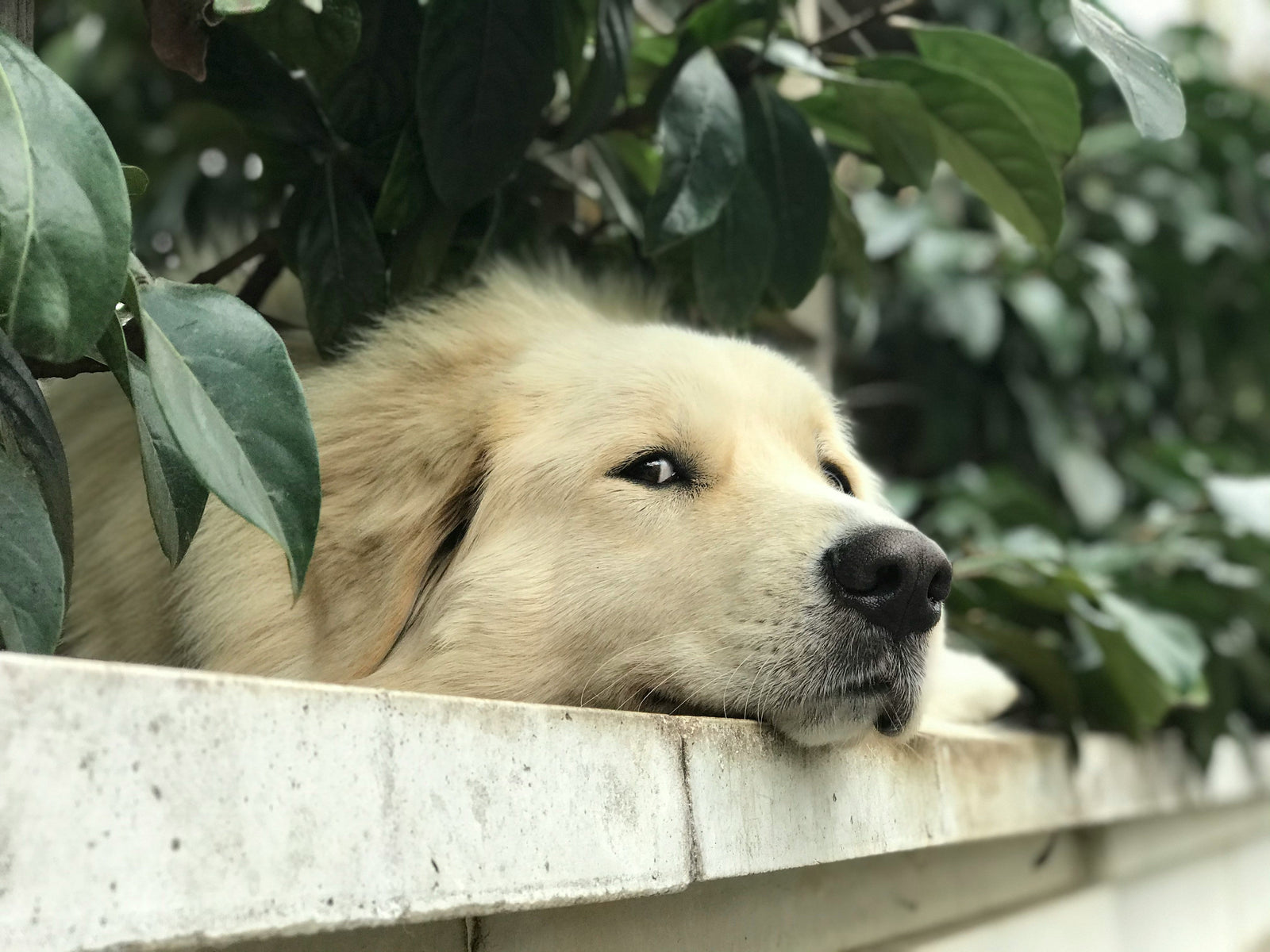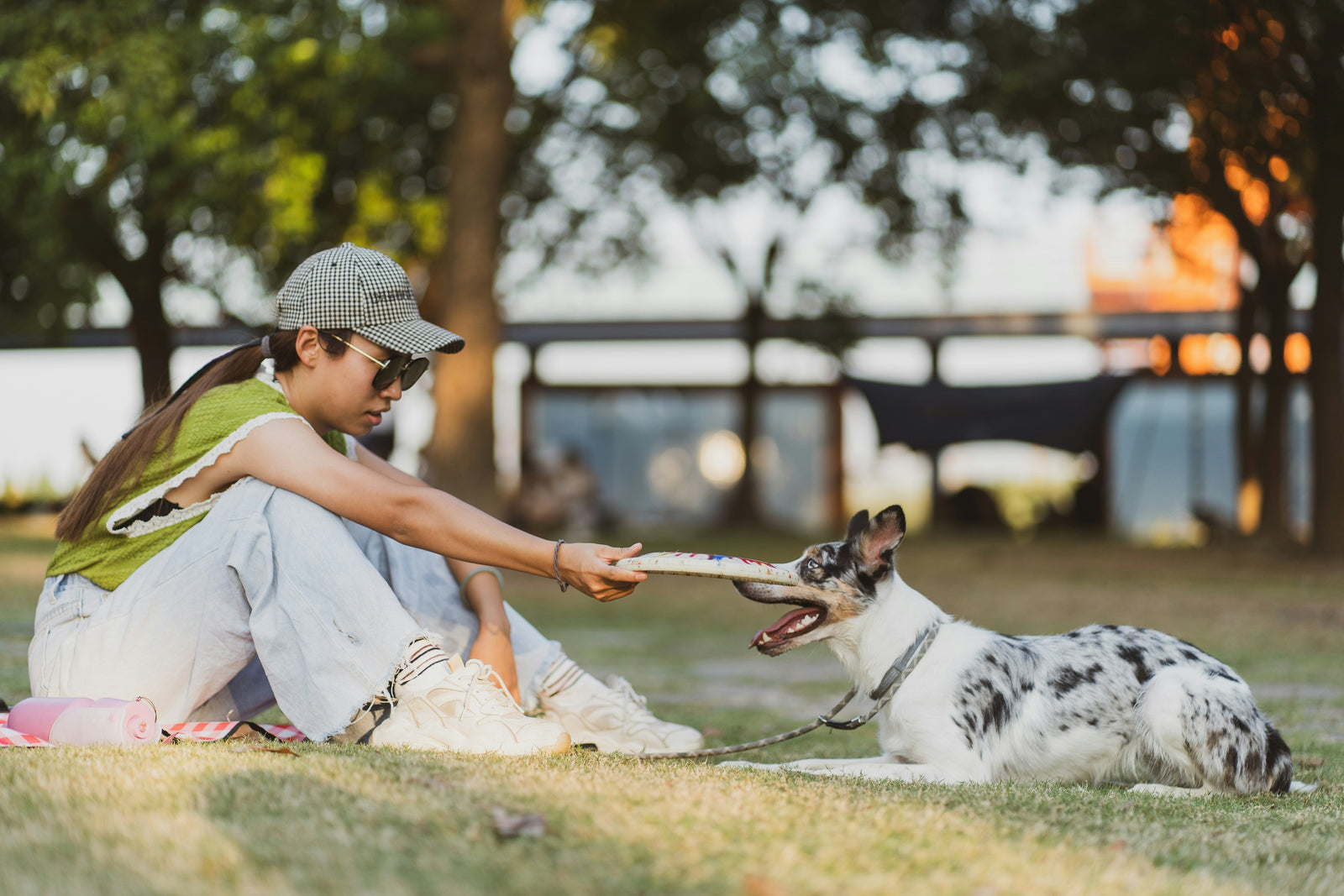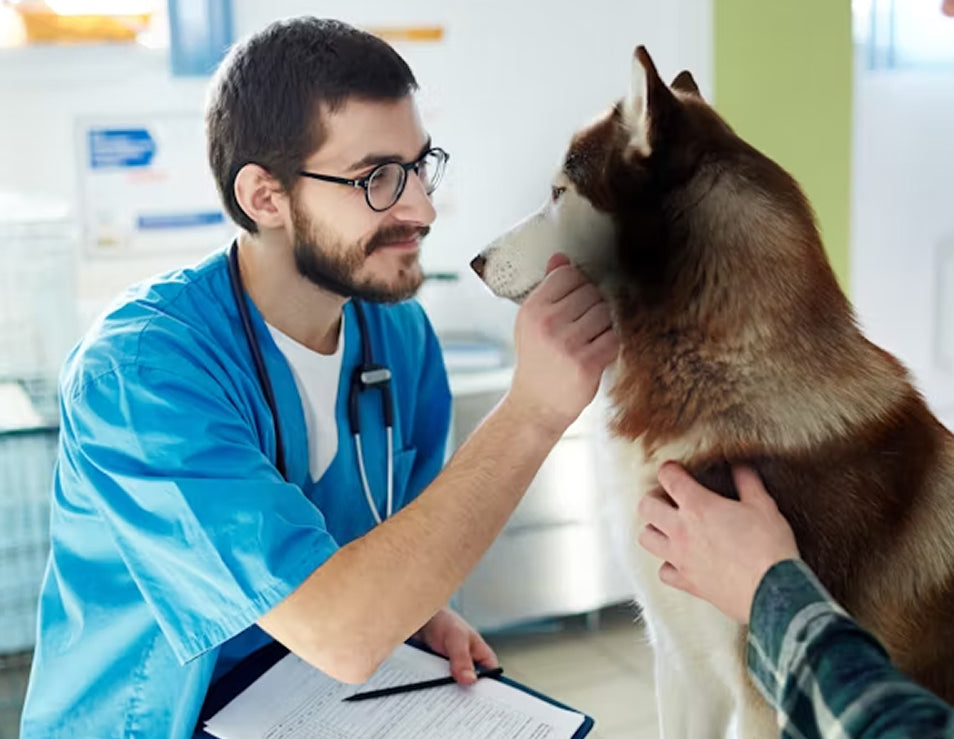Dogs can snooze 12–18 hours a day, depending on age and health. Here’s why rest matters for dogs of every age, and how owners can facilitate good sleep for their dogs.
Most dog owners have seen it: the gentle snore from the couch, paws twitching mid-dream, or the puppy who plays hard for 15 minutes then collapses into a heap of fur. Dogs sleep a lot—far more than humans. It’s not laziness, it’s biology. Depending on age, size, and health, dogs may log anywhere from 12 to 18 hours of rest in a day. This constant cycling between activity and downtime is vital to how they grow, heal, and stay sharp. Understanding why sleep matters at every stage of life can help you spot problems early and create an environment where your dog’s rest is as restorative as possible.
Why Dogs Sleep So Much
Unlike humans, who pack most of their rest into a single nightly stretch, dogs are polyphasic sleepers, meaning they divide their total daily sleep into multiple short segments, rather than one continuous block. They take multiple naps scattered throughout the day and night, drifting in and out of deep and light sleep. Puppies and senior dogs sleep the most—often 18 to 20 hours in a 24-hour cycle—because their bodies are either building rapidly or managing the wear and tear of age. Healthy adult dogs generally land closer to 12 to 14 hours, divided between an overnight block and daytime naps.
This downtime is not wasted. During sleep, the brain consolidates memories and learning, which is why rest is so important for puppies mastering house training or adults building new skills. The body uses those hours to repair tissues, strengthen the immune system, and restore balance to hormones and metabolism. Without consistent rest, even a seemingly healthy dog can become more irritable, less focused, and slower to recover from daily activity.
What Happens When Sleep Is Disrupted
Dogs deprived of sleep don’t just get cranky. Research has found that fragmented sleep leads to less play, reduced alertness, and changes in eating patterns. Owners might see clumsier movements, slower responses to commands, or mood shifts that make a normally easygoing dog more reactive. Chronic poor sleep can also affect physical health, dulling the coat, weakening immunity, and raising the risk of metabolic strain.
Because dogs can’t describe how tired they are, observation is key. Excessive restlessness at night, constant pacing, or sudden shifts in daily routine may all point to a sleep issue. Medical conditions like arthritis, itching from skin disease, or even anxiety can interfere with sleep, so paying attention to these signs and bringing them up with a veterinarian can make all the difference.
Supporting Healthy Sleep at Home
Helping dogs sleep well starts with their environment and daily rhythm. A quiet, comfortable space away from heavy foot traffic gives them a secure place to rest. Temperature stability matters, too—overheated or drafty spots can lead to tossing and turning. Some owners discover their own sleep improves when dogs aren’t in the bed, since human and canine sleep cycles don’t align perfectly and frequent movement can disturb both.
Routine plays a big role. Dogs thrive on predictable schedules, so regular feeding, exercise, and bedtime cues help set their internal clocks. Mental and physical enrichment during the day—a training session, puzzle toy, or long walk—helps them settle more easily at night. Think of it as the canine version of tiring out the brain and body so rest feels natural.
Monitoring changes in your dog’s sleep patterns is equally important. A dog who suddenly sleeps far more or far less than usual may be signaling discomfort, pain, or illness. Wearable pet trackers now make it easier to keep an eye on sleep patterns, but even without technology, attentive owners can notice when naps stretch longer or rest becomes more restless.
Dogs really do spend much of their lives asleep—and that’s to their benefit. From the puppy stage to senior years, sleep fuels growth, learning, repair, and resilience. Owners can support this by respecting their dogs’ need for long rest, creating calm sleeping spaces, and sticking to predictable routines. The reward is a companion who’s more alert, more playful, and more balanced when awake—and one who’s better equipped for many more good years ahead.
_______________________________



